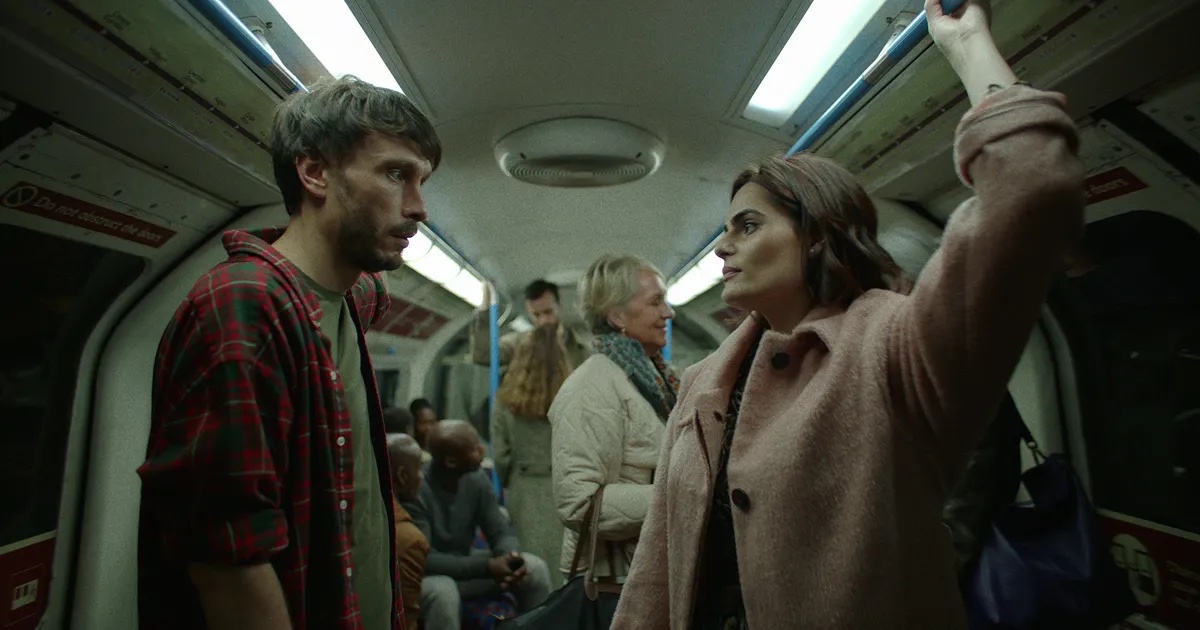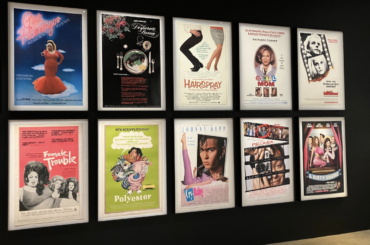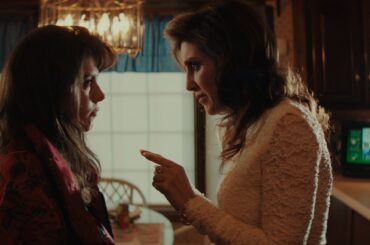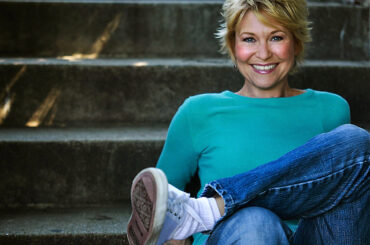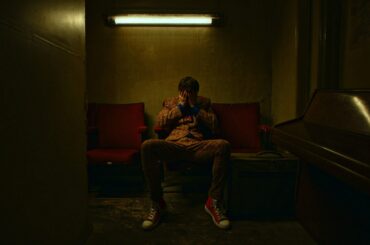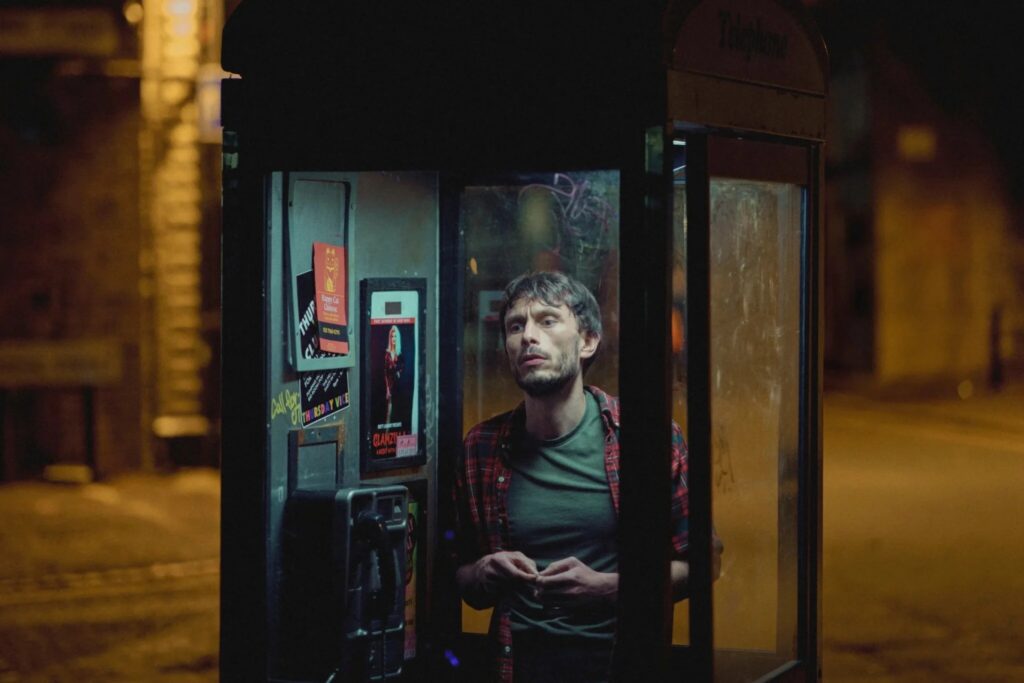
Few shows in recent years have reached the critical and commercial zeitgeist as Baby Reindeer did. It went from being one of hundreds of new Netflix shows to being the show that audiences and industry insiders have been buzzing about. For those not initiated, this is the true story as told by star and showrunner Richard Gadd playing a fictionalized version of himself being stalked by a woman named Martha (Jessica Gunning). It all started with a kind gesture in a bar when he offered Martha a cup of tea, which led to abuse and stalking.
Director of Photography, Krzysztof Trojnar, shot the drama with an unshakable claustrophobia and intensity.
Born in Poland, and based in London, Trojnar is behind loads of commercials and music videos including spots for Adidas, Burberry, Fendi, and Louis Vuitton. While enjoying working on these varied projects, he was looking to get into doing narrative work as well. He scored a spot on Netflix’s 1899 doing second-unit photography, and he did such an exceptional job that he was propelled to the top of the list for Baby Reindeer. The cinematographer managed to produce images that’ll last forever in our collective minds.
[Note: The conversation has been edited for clarity and length]
Had you heard of the stage show before working on this?
I heard about it when I was interviewing for this and when I got the project at some point I listened to an audio recording and that was helpful because it kind of gave me an idea of the pace and intensity of the show. I’ve only listened to half an hour, but it kind of gave me an idea of what kind of atmosphere and what kind of tone is it going to be at least. It was good to hear Richard talking because he kind of immediately imagined things better in a way, it was really good.
What was it like working with showrunner and star, Richard Gadd?
He was sometimes present in the prep when we presented the tone and lookbook of the show. He was great in front of the camera and was committed to giving all of himself to it and I think that that was amazing.
You had worked with director Weronica Tofilska before, right?
We did some music videos and a short film a long time ago, we both studied at the NFTS Film School in the UK. There was a shorthand of knowing each other and sometimes pushing each other to do better because we had that safety of knowing each other as friends, so that was good. And then it was also exciting to see her direct because we haven’t worked with each other for a long time. She had an amazing vision for how we going to approach it, and it was a real partnership in terms of how we going to shoot it, how we going to create the look for it and I think she was very much involved in every step of production.
What were some of the visual inspirations for this?
I think the main reference when I was reading the script, I’m drawn to films that have a POV narrative. One of the films came up, maybe not exactly tonally, but there was something about Fight Club that I loved in this kind of gritty world. It’s completely different but it’s an amazing film. I thought that the world of Baby Reindeer needs to be gritty, and there’s nothing pretty about it.
And so, there were some images from that, but also I looked for different imagery from different films and photography to resemble the idea of putting the character in the middle of everything and seeing the world out almost through his point of view. Having that intensity of the other character. Especially with Martha being almost as close to his face, sometimes people almost look into the camera exploring that kind of eye line where you’re almost where the characters almost look into the lens.
Was there any sort of pressure with it being based on real life? How’d that influence any of your choices?
When we were in the prep at the beginning, Richard was saying he was talking through his experience. So despite the script, the script is quite visual as you read it. I think it kind of describes images that come to your head but then Richard had his memory and his experience. So when we were, for example, scouting for locations, it was the balance between what Richard remembered and what would work for us as filmmakers.
How are we going to shoot the scenes to evoke a certain feeling or certain dynamic between characters, et cetera? So there were conversations there, but I think sometimes we have challenged it a few times and sometimes actually we went on a scout and there’s Liz’s house, which is the house of his ex’s mom, and he walked and I remember Richard walked into the house and he said, “This is exactly how I remember the house.”
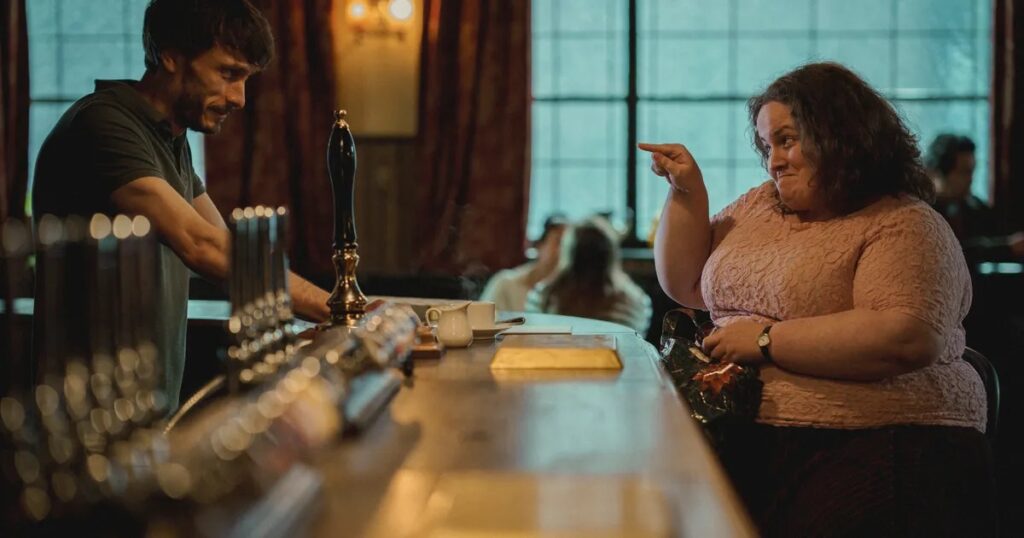
Did you shoot in real pubs?
We shot in London, so we’ve probably seen every possible pub that exists in London and we realized that none of them actually kind of worked for us. Eventually we found an old closed pub that needed some work, but production looked at the bill and they thought, well, let’s build it because it would be so difficult to shoot in an existing one, to find a pub, the main pub that would work for us.
I feel like it’s always a challenge with a pub because there is so much going on in the script. And in a way we kind of thought about certain sequences and how Martha would follow Donnie around the pub. And yeah, it was really difficult to find anything like it.
Please tell us about the balance between light and dark in this. How’d you want to strike that balance just right?
I think for us it was about the shift going from the kind of beginning in the pub where it’s all a little bit normal, and I think you don’t know yet where it’s going to go. But then also portraying the world of Donny and this little bit gritty misery in London. I think a lot of people can [relate], at least I know a lot of struggling artists or knew or came across them, and it’s a sort of dark, unpleasant world.
You can imagine the city swallowing the individuals that balance between life and their dreams. I think, at least in my head, that was an inspiration. I felt like you have to be in this dark hole and trying to get out of it, in a way. I remember when reading the first episode, and maybe I think right now in the script, it’s more realistic, but I always imagined when I read the first scene of Donny in the comedy sequence, I always imagined that he goes on stage and what you see is just pure darkness.

What kind of cameras and lenses did you use?
I used the Alexa Mini LF, and I guess the nonconventional lenses are the ones that I love, DNA also by Arri. You could tune the lens to kind of change its characteristics based on the film you want to create and they have this thing where the resolution falls apart going into the edges of the frame. And for us, it was all about keeping Donny in the middle of the frame and always sort of a lot of central compositions, and so that was something I wanted to use.
Any special lighting set-ups?
I guess it was all pretty much straightforward until we get to episode four where things get a little bit more unusual. And we talked about how we want to shift this space in Darrien’s flat into this kind of something that during the day feels normal, but a little bit maybe uncomfortable or a little bit weird into this kind of nightmarish hole when the night comes and they start taking drugs and for that, we used a few different things.
There’s this scene when Darrien is dancing, we would remove the ceiling and install these very long eight-foot-long tubes everywhere that would shift the color. So when we track him towards Donny, there’s this color shift and the light starts moving around the house a little bit. We did a few things with changing the sort of the dimensions of the flat. Subconsciously, it would feel just slightly bigger than you see in the final down sequence and the LSD sequence.
Baby Reindeer is now available to stream on Netflix.


